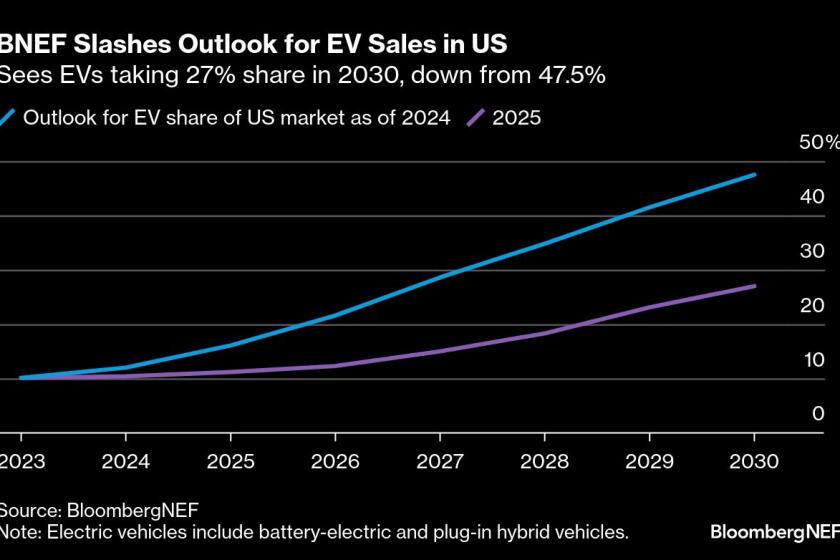Additives Change Viscosity of Oil
- Share via
Question: Do oil treatments, such as STP, boost the rating of an oil? --R.B.D.
Answer: The ratings on motor oil, which are given by the American Petroleum Institute, are based on whether a particular oil meets certain requirements for lubrication, anti-oxidation, anti-foaming and a host of other factors. By putting in an aftermarket additive, you would have no way of knowing whether you have boosted your rating or not.
In general, additives such as STP change the viscosity of the oil rather than the rating given to the oil by the API. Currently, the oil rated the highest by the API is SG. The new SG oil already contains about 40% to 60% more additives--put in by the refiner--than the older SF-rated oils. These additives are foam inhibitors, rust inhibitors, detergents and viscosity index improvers.
The viscosity additives put in by the oil manufacturer allow an oil to operate with the proper flow and thickness over a wide range of outside temperatures. That way, the oil does not become too thick to do its job when the weather is cold or too thin when the weather is hot.
The addition of an aftermarket additive, such as STP, generally thickens the oil. Such products can add about 10 viscosity points to an oil. So, a 10W-30 oil becomes 20W-40 oil. Or a straight-weight 30 oil becomes 40-weight.
In some very limited cases, thicker oil can help some older cars with extremely worn engines. The thicker oil can help reduce excessive oil consumption. On the other hand, though, you could simply buy thicker oil to begin with.
Q: I have a 1982 Toyota Corolla liftback with 85,000 miles on it. After a very long drive, I have trouble restarting the engine. It acts as if the battery didn’t have any juice. But after 20 minutes, it starts up like there was nothing wrong. I have a new battery and voltage regulator. The mechanic couldn’t find anything wrong. What do you think? --W.T.A
A: You have what is called a temperature-related starting condition, and it basically is one of two problems. When you turn your ignition key, it activates a second high-power switch called a solenoid, because the switch in your steering column could not handle all the power needed by the starter.
If there is a problem in the high-power circuit of the starting system, which includes the starter motor itself--the solenoid and the wiring from the battery to the starter motor--then most likely the solenoid will make a clicking sound. Often the battery cables themselves have bad connections, but if you have a new battery, this is unlikely.
Alternatively, if the problem is in the low-power circuit, which includes the wiring in the ignition switch and low-power side of the solenoid, then you most likely will not hear a clicking sound.
There is simple test for all of this. Turn on your headlights and try to start the engine when it is having the problem. If the headlights dim severely, then you have a problem in the high-power system. If they don’t dim or dim only slightly, then you have a problem in the low-power system.
If the problem is in the high-power loop, chances are you have a bad starter motor. The starter motor will cost about $150 in a discount store and labor will be extra. If it is only the solenoid, then you are looking at $35. If the problem is in the low-power loop, it could be almost anything, so you should look for a good mechanic.




